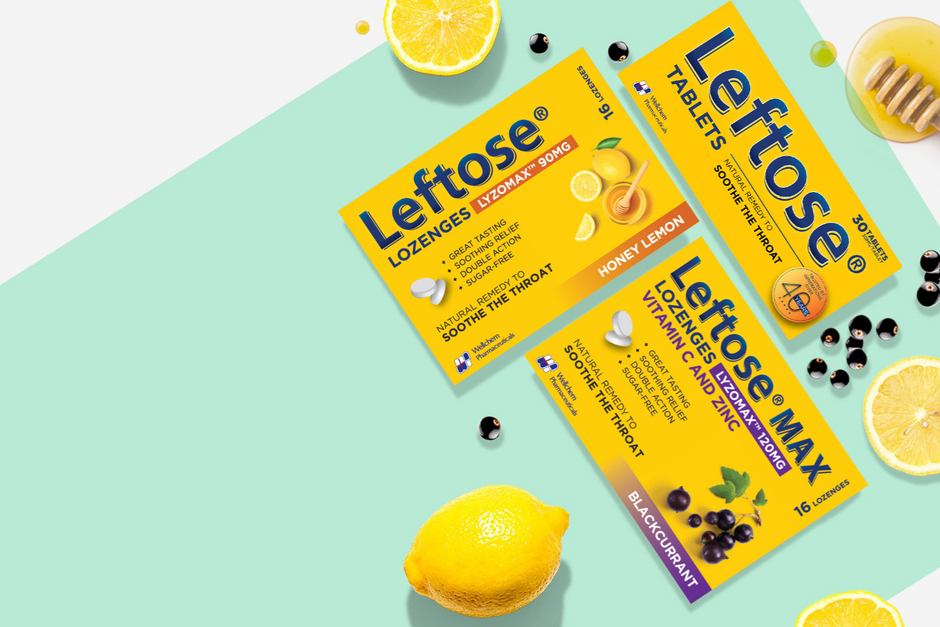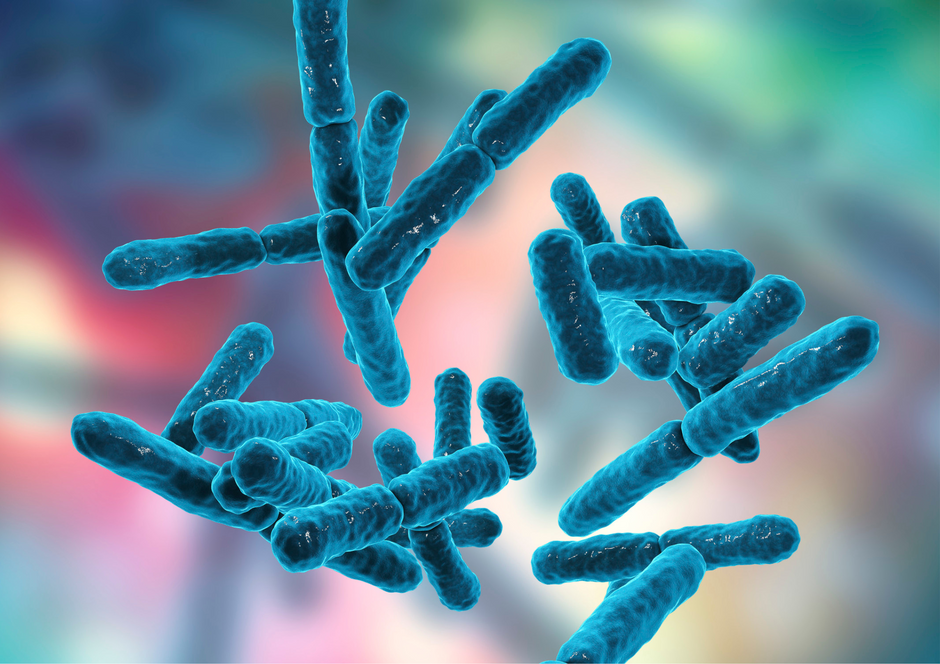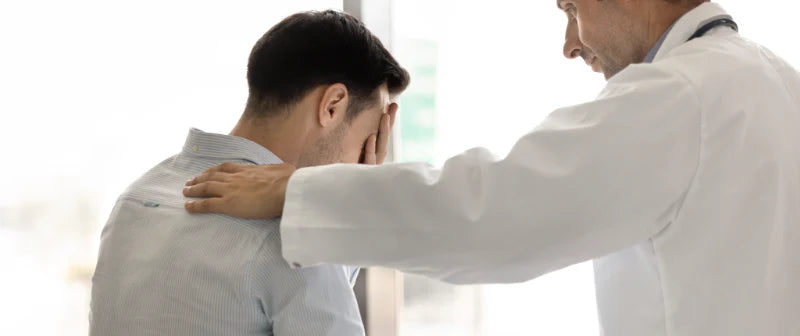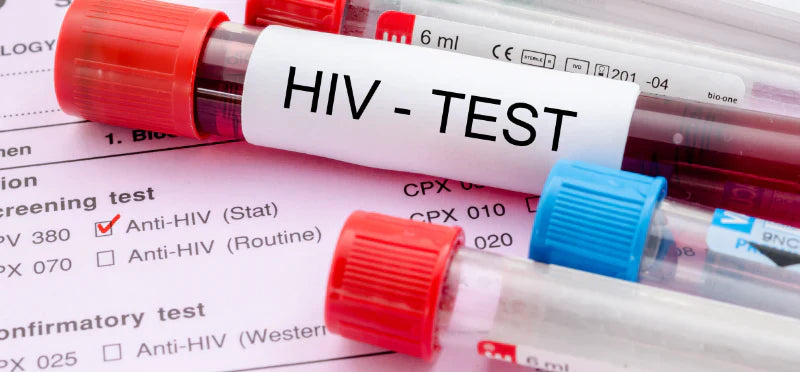What is HIV?
HIV (human immunodeficiency virus) is a virus that attacks the body’s immune cells, greatly reducing our body’s ability to fight against infection. This makes us more vulnerable to other diseases and infections. HIV spreads through contact with certain bodily fluids of an infected person with a detectable viral loadーsuch as during unprotected sex, ーor through the sharing of injection drug equipment.
“I suspect I have been exposed to HIV. Does this mean I will be infected?” No, not everyone who gets exposed to HIV will contract the virus. With prompt action and the use of preventive methods, it is possible to stay safe from HIV. Let’s dive into the who, when, what, why, and how of HIV exposure and HIV testing!
Symptoms of HIV
Different people may have different symptomsーdepending on the stage of infection they are in.
Early symptoms may include (Early HIV Symptoms: What Are They?, n.d.):
- Fever
- Chills
- Rash
- Night sweats
- Muscle aches
- Sore throat
- Fatigue
- Swollen lymph nodes
- Mouth ulcers
While these symptoms are associated with HIV, they can also be caused by other illnesses such as the common flu. The only way to confirm an HIV infection is through testing.
Should I Get Tested?
Anyone who is sexually active is at risk of contracting HIV infection and should be tested for HIV at least once in their lifetime. Individuals with higher risk behaviours should go for regular screening. These include:
- Persons with multiple sexual partners
- Sexual partners of people living with HIV who are not on treatment and have a detectable viral load
- Sex workers and their clients
- Persons with a history of sexually transmitted infections (STIs)
- Persons who inject drugs who share needles or other injection equipment
Engaging in sexual activity with someone with any of the above risk behaviours also puts you at risk for HIV.
When to test?
No tests can detect HIV in the immediate post-exposure period, as there are insufficient levels of virus and antibodies to be detected by available testing technologies. Thereafter, tests can only reliably detect infection after the window period has passed. Window period refers to the time between HIV exposure and when a test can detect HIV in your body. Different test kits may have different window periods depending on testing technologies used by the manufacturers. So, it is important to find out what the window period is before using a particular test kit.
| Type of Test | Window Period after Exposure |
|---|---|
| Antibody tests | 23 - 90 days |
| Rapid antigen/antibody tests | 18 - 90 days |
| Antigen/antibody lab tests | 18 - 45 days |
| Nucleic Acid Tests (NATs) | 10 - 33 days |
If you test negative within the window period after recent exposure to HIV, you should get tested again after the recommended window period for the test you took.
How often to test
Anyone who is sexually active or anyone who is at the age of 21 years and above should be tested at least once in their life regardless of risk factors. For individuals who are at risk, it is encouraged to go for HIV testing more frequently, or every 3 to 6 months.
Discreet Self-testing
A HIV self-test kit offers a discreet and convenient option, which allows individuals to test in the privacy of their own space. Self-test kits are user-friendly and can be tested using an oral swab. With a simple oral swab, the result will be ready in 20 minutes -- empowering individuals to take control of their health and seek timely medical advice if needed.
Where can I buy HIV test kits?
Currently in Singapore, HIV self-test kits have been available at selected retail pharmacies since end-January 2025. Here at Glovida-Rx, this HIV self-test kit is available for purchase as well.

OraQuick HIV Self-Test Kit: Conducted with an oral swab, no blood is required. Quick and discreet with an accuracy of 99%, results are available at home in just 20 minutes.
How to use OraQuick HIV Self-Test Kit?
- Swab: Place the flat pad above the teeth against the outer gum. Gently swab completely around the outer gums, both upper and lower, one time around, using the Flat Pad.
- Insert: Insert Flat Pad of device into the bottom of Developer Vial. Start timing the test, 20 minutes.
- Read: Pink fluid will travel up to the "T" and "C" result window. Fluid disappears as the test develops. Read at 20 minutes.
**Read results after 20 minutes but not more than 40 minutes.

Understanding the results
2 complete lines, even if the line is faint, you MAY be HIV-positive.
Please visit any of the following facilities to get additional testing to confirm the test result or obtain referral for treatment:
- Polyclinics or private general practitioners (GPs)
- Department of Sexually Transmitted Infections (DSC) Clinic or
- Anonymous testing sites
1 line next to “C”, NO line next to “T”, your result is HIV-negative.
Seek regular testing; If you have been exposed to HIV, test again in 3 months. You may wish to see a healthcare provider to discuss options for preventive measures and testing.
No line next to “C” (even if there is a line next to “T”), or there is a red background, the result is INVALID.
You will need to obtain another test or visit your nearest HIV Testing Centre or Health Facility to test again.
Not sure of result:
Visit your nearest HIV Testing Centre or Health Facility to test again.
Precautions
- This test may not detect HIV infections that have occurred within 3 months of a risk event - repeat testing is recommended 3 months after the risk event if the test is negative.
- If you are HIV positive, or are on treatment or preventive treatment for HIV, this test is not meant for you.
- Do not eat, drink for at least 15 minutes before you start the test or use oral care products (such as mouthwash, toothpaste or whitening strips) 30 minutes before starting the test.
**Read the package insert for more information.
Self-testing helps individuals take the first step toward knowing their status. If the result is positive, timely medical consultation and support are essential for proper care and management. The self-test kit is a quick and convenient way to learn one’s HIV status.
Early Detection and Prevention ー Pre-Exposure Prophylaxis (PrEP) and Post-Exposure Prophylaxis (PEP)
Prevention strategies like Pre-Exposure Prophylaxis (PrEP) and Post-Exposure Prophylaxis (PEP) can reduce the risk of infection after high-risk exposures to HIV. Both PrEP and PEP are supplementary measures of HIV prevention, and are a highly effective and useful addition to the HIV prevention toolkit. They are not meant for regular use, and are not a substitute for other HIV prevention methods such as consistent condom use (Post-Exposure Prophylaxis, n.d.).
PrEP can be taken by HIV-negative individuals who are at risk of acquiring HIV to prevent infection. It is highly effective when taken consistently as prescribed. On the other hand, PEP is a short course of antiretroviral medication taken after a possible HIV exposure, ideally within 72 hours, to reduce the risk of infection.
High-risk exposure to HIV includes:
- Any unprotected anal or vaginal sex with someone who is HIV positive who is not on treatment and has a detectable viral load, or someone of unknown HIV status
- Sharing or exposure to contaminated needles or blades, particularly needle-stick injuries
- Victims of sexual assault

Contacting A Specialist
If you receive a positive or inconclusive result from your self-test, it’s important to consult a healthcare professional immediately.
Please visit any of the following facilities to get additional testing to confirm the test result:
- Polyclinics or private general practitioners (GPs)
- Department of Sexually Transmitted Infections (DSC) Clinic or
- Anonymous testing sites
If you test negative but remain at risk, a specialist can also advise on options for preventive measures and testing. To learn more about HIV and HIV testing, please visit: Human immunodeficiency virus (HIV) | Communicable Diseases Agency
Seeking support from healthcare professionals and community organisations can provide you with guidance, resources, and emotional support needed to manage your health. HIV care is more than just medical treatment; it’s about the confidence to live openly, healthily, and without stigma. By normalising HIV testing, supporting one another, and taking proactive steps, we contribute to a more informed and compassionate society.

Conclusion
HIV self-testing is a vital tool in taking control of your health. If your result is positive, remember that early diagnosis and treatment can help you lead a long, healthy life. If your result is negative, staying informed about prevention and practicing safe sex behaviors can help you maintain your health.
No matter the result, take action now—whether through testing, seeking treatment, or connecting with a support network—ensures you are never alone on this journey. Your health matters, and help is just a step away.
Glovida-Rx is here to support your health journey. Whether you're seeking advice on HIV, or looking to purchase a self-test kit, our pharmacists are ready to assist you. Whatsapp us at +65 8101 5555 for a complimentary consultation and get expert advice today!
References
- Early HIV symptoms: What are they? (n.d.). Mayo Clinic. https://www.mayoclinic.org/diseases-conditions/hiv-aids/expert-answers/early-hiv-symptoms/faq-20058415
- Getting tested for HIV. (2025, February 11). HIV. https://www.cdc.gov/hiv/testing/index.html
- Post-Exposure prophylaxis. (n.d.). HIV.gov. https://www.hiv.gov/hiv-basics/hiv-prevention/using-hiv-medication-to-reduce-risk/post-exposure-prophylaxis
 for quicker access to medication purchases.
for quicker access to medication purchases.








